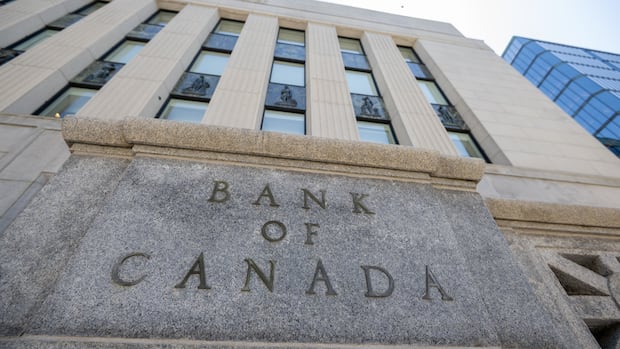The Bank of Canada lowered its key interest rates to 2.25 per cent on Wednesday, continuing a rate-cutting cycle that began in June 2024.
Ahead of this latest change, CBC News spoke with economists, mortgage experts and financial planners who explained how interest rates work and what they watch for with every Bank of Canada announcement.
Here's what lower interest rates mean for you, small businesses and the Canadian economy.
What are interest rates, anyway?
Interest is what consumers or institutions pay to borrow money. It’s also what a bank might pay a client for leaving money in their account.
When you take out a loan, "you'll be given the cash and you will need to repay a little bit of that loan over time,” said Andrew DiCapua, principal economist at the Canadian Chamber of Commerce in Ottawa.
"Some of what that repayment includes is interest."
Commercial banks like RBC, Scotiabank, TD Bank, CIBC and BMO use "prime rates," which are their starting rates to charge consumers who borrow money. That rate is usually combined with a percentage that is calculated based on a person’s creditworthiness.
Commercial banks generally set their 'prime rate' near the Bank of Canada's benchmark rate.
Continue Reading on CBC News
This preview shows approximately 15% of the article. Read the full story on the publisher's website to support quality journalism.
